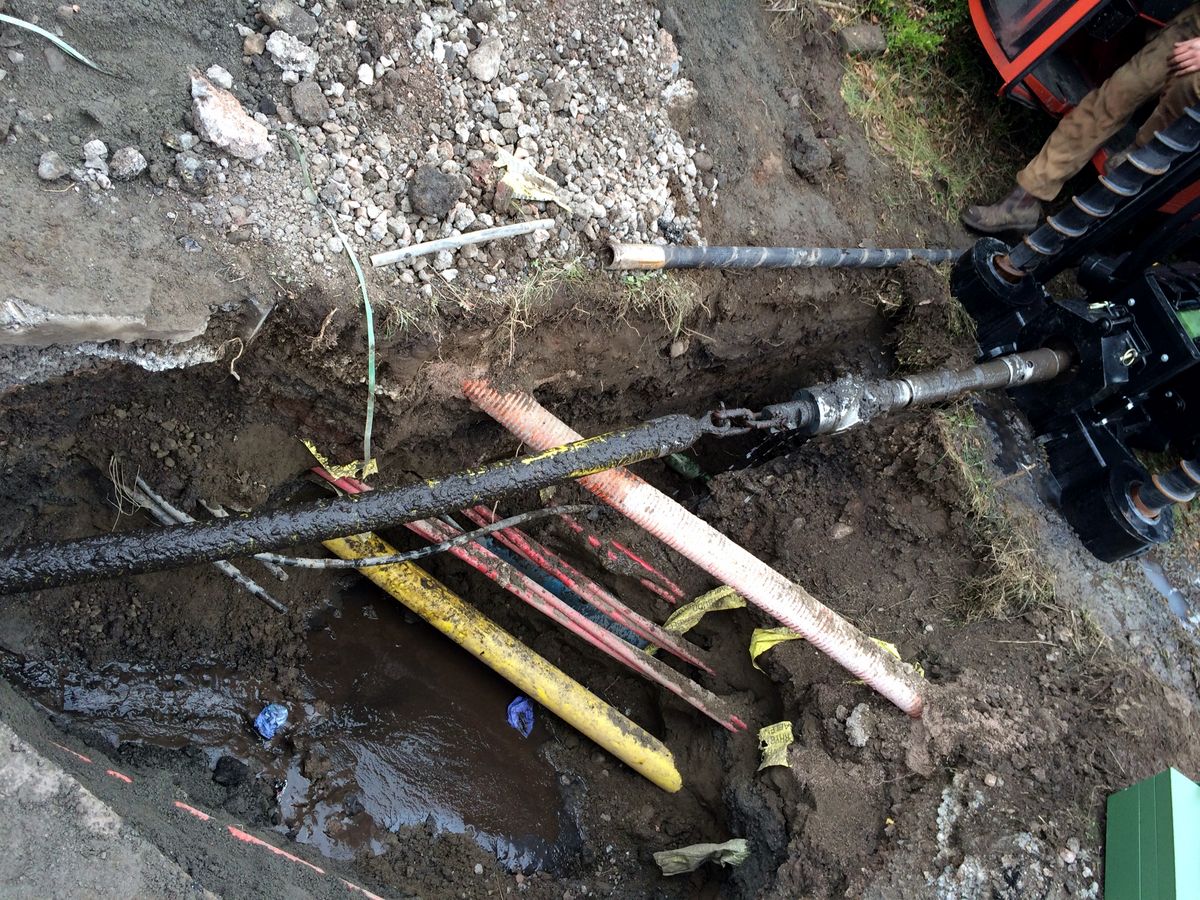Directional drilling has emerged as a groundbreaking technique within the energy industry, providing novel solutions for accessing resources that were previously deemed challenging or impossible to reach. At its essence, directional drilling involves borehole creation wells at different angles rather than merely vertically, allowing for a systematic approach to resource extraction. This method boosts efficiency, reduces environmental impact, and allows for safer drilling in areas with challenging geological formations.
As the demand for energy continues to grow alongside the urgency for sustainable practices, the role of directional drilling is becoming increasingly vital. This article explores the development of directional drilling technology, its wide-ranging applications across industries, and the numerous benefits it offers over traditional drilling methods. From grasping the fundamental concepts to assessing real-world success stories, we will delve into how directional drilling is not only shaping the oil and gas sector but also shaping the broader landscape of infrastructure development and renewable energy initiatives.
Grasping Directional|Drilling
Directional drilling is a innovative technique in the oil and gas industry that allows for the drilling of wells at different angles instead of simply vertically. This method enables operators to tap into resources located beneath the planet's surface that are not directly below the drilling site. By employing advanced technologies and specialized equipment, directional drilling has considerably enhanced the ability to obtain oil and gas efficiently.
One of the primary advantages of directional drilling is its capability to reduce surface disruption. This technique is particularly valuable in urban areas or sensitive environments where traditional vertical drilling may cause greater surface impact. By drilling at an angle, operators can reach faraway targets while reducing the number of drilling sites needed, thus preserving the surrounding landscape and reducing the overall ecological footprint.
Directional drilling technology has advanced significantly over the years. Today, operators make use of sophisticated tracking and monitoring systems to direct the drill bit accurately. Innovations in drilling fluids, tooling, and real-time data analysis have additionally improved the efficiency of this method, allowing for successful drilling in complex geological formations and arduous terrains. As the industry continues to advance, directional drilling remains at the vanguard of transforming how we access critical energy resources.
Benefits and Advantages of Horizontal Boring

Directional boring offers many advantages that make it a popular approach in the petroleum and energy industry. https://gmaccontractors.com/ of the primary advantages is its capability to access materials that are hard to reach using traditional vertical drilling techniques. This approach allows operators to bore at various positions, increasing the chances of tapping into several sources with a single boring site. This not only enhances material recovery but also reduces the overall number of wells needed, reducing the surface footprint and ecological impact.
Another notable benefit of directional boring is the lessening in surface interference. Unlike traditional boring, which often requires large working spaces, directional boring can navigate under barriers such as highways, structures, and rivers, thereby preserving the surrounding ecosystem. This capability is particularly beneficial in urban settings where space is scarce, allowing for efficient utility installations without the need for significant excavation or interference to the neighborhood.
Additionally, horizontal boring can lead to significant cost savings and time savings. By allowing operators to drill further distances and reach several targets from a single location, this method can significantly decrease boring costs. It also minimizes the duration spent on drilling operations, speeding up project timelines and allowing faster delivery of power resources. As a consequence, companies can streamline their operations while maintaining a emphasis on sustainability and reducing their environmental footprint.
Future Trends in Directional Drilling
As directional drilling methods progresses, a major development is the inclusion of AI and automated systems into the drilling process. This evolution are boosting accuracy in drill path planning and execution, allowing operators to make immediate adjustments based on data insights. AI algorithms can optimize drilling parameters, predict potential challenges, and lessen errors, significantly enhancing efficiency and cutting down on downtime during operations.
Additionally, the continued focus on environmental responsibility within the industry is important. Directional drilling, naturally, reduces surface disruption compared to traditional methods. However, advancements are being made to further reduce the environmental impact through the use of sustainable drilling fluids and better waste management practices. The movement for sustainable infrastructure is driving the development of techniques that facilitate more precise drilling in vulnerable locations while protecting ecosystems.
In conclusion, the role of digital tools and sensors is becoming more significant in directional drilling operations. Enhanced bore tracking and monitoring systems are facilitating real-time data collection and analysis, which results in better decision-making and greater safety. The integration of digital tools is in progress to reshape the industry, facilitating better communication among teams and optimizing workflows. As these trends progress, directional drilling is poised to become even more efficient and key to the next phase of the oil and gas sector.
